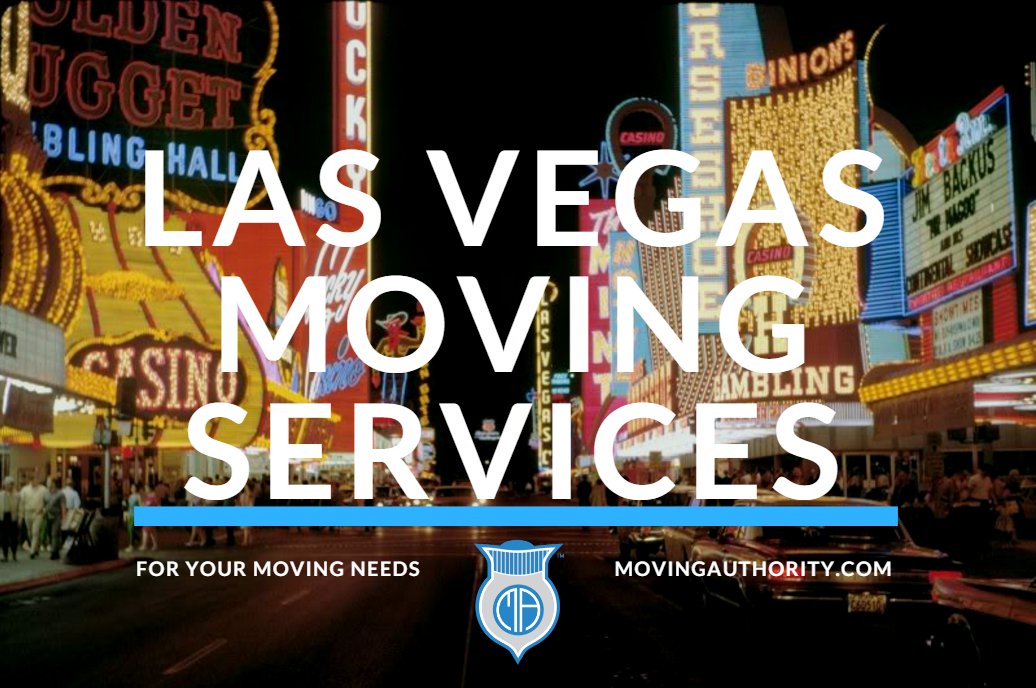Moving Services Las Vegas
What To Look For in Las Vegas Moving Services
- Watch Out for Scams, Stick to the Reputable Companies
- Expert Advice on Moving to Las Vegas
- Check Reviews Out Online
- Compare Costs
- Find Out Where the Movers are Located
1. Watch Out for Scams, Stick to the Reputable Companies
When most people think of Las Vegas, they think of gambling and entertainment. Sometimes referred to as “sin city,” Las Vegas has a reputation for being expensive and risky. If you are looking for moving services in Las Vegas, though, you probably want something affordable and stable.
There are several ways to be sure that you choose one of the reputable moving services in the city of Las Vegas.
Although many moving services in Las Vegas are advertised online as being professional and experienced, stick to national and regional movers. Las Vegas is a hub for people who want to run scams and for people looking to make money quickly. To be sure that you don’t waste your money or lose your possessions to a scam artist, stick with well-known service movers in Las Vegas.
A great way to identify a national or regional moving company is to check out the types of service that they offer and the locations that they have offices in. If the company has multiple locations around the area or country, it is probably reputable.
2. Expert Advice Video on Moving to Las Vegas
3. Check Reviews Out Online
Since most Americans have access to the internet and spend a ton of time online, you can be sure that any company with multiple clients will have reviews online. Take the time to read online reviews of moving services in Las Vegas in order to identify which companies will offer you a good moving experience. Las Vegas moving companies reviews are simply informative but remember they are personal.
4. Compare Costs
Las Vegas is more expensive to live in and visit than most other cities its size in the United States. So, while you may hope to move affordably in the area, you need to have realistic expectations. The cost of moving in the city or region will be slightly higher than average at least.
If you find a company offering really low service rates, be careful. The service may actually be a scam. Or, you might find that the moving company has a ton of hidden fees that will really raise the price in the end.
5. Find Out Where the Movers Are Located
You may think that it doesn’t matter where a moving company is located as long as its trucks can get you from your old home to your new one, but that isn’t the case. Where movers are located demonstrates a lot about the company’s usual clientele. It also exemplifies the company’s safety measures. What if your possessions arrive before you do and you have to store them with the company until you get there? You will want to know that the company’s location is secure.
Comments
Michael Cain
Feb. 23, 2022, 12:38 a.m.
Dear Moving Authority Destination360 owns the image(s) shown here: http://www.destination360.com/north-america/us/nevada/las-vegas/paris Said image(s) is being used here (removing our copyright logo carries additional penalties) https://www.movingauthority.com/moving-services-las-vegas/ https://www.movingauthority.com/static/media/uploads/moving-services-las-vegas-movingauthority.com_min.jpg You may find evidence of our ownership at http://www.copyright.gov/records/ for said image under Registration Number: VAU000981647. Your use infringes our copyright under Copyright Law. Attached you will find an invoice with payment options and screenshot(s) of the infringement. Understand, this is an attempt to offer to settle this matter amicably. Michael Cain Destination360 3450 E. Russell Road Las Vegas,NV 89120 t:702-900-4360 e:[email protected]
Karley Moss
Feb. 23, 2022, 12:38 a.m.
Hi, I currently live in a hotel on the strip in Las Vegas and was wondering what moving companies usually charge customers who live here. Do moving companies usually charge a lot to move from here because of the amount of people who live here? I want to make sure I'm being charged the same price as those who are not moving from a five star hotel. I don't want to be charged more just because I am well off. Is there any way for me to prevent this from happening? I also live quite high up in the hotel I am currently at. How much more would it cost per floor and would the moving company be able to use the elevators in the hotel instead of the stairs? I am also planning to move my things to Los Angeles and I would be living in an apartment that has 20 stories. I will be living in 15th story so I want to make sure the mover is able to bring my things up there as well. I'm willing to pay more to have the move done more quickly. Do you think it's worth the cost if I do decide to have them move more quickly? Does paying the extra cash make a difference in the time? I would need to get settled as soon as possible when it comes times to move. Please let me know so I can decide soon. Thanks!
Add Comment